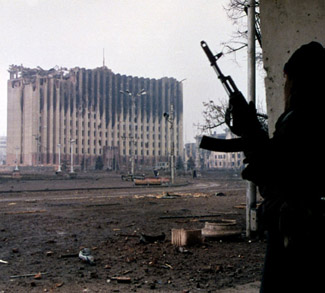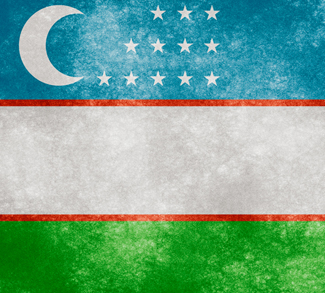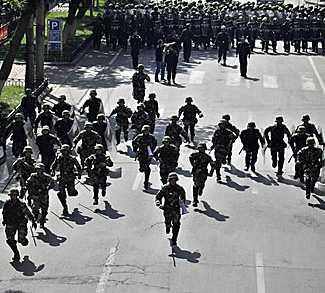Summary
On October 31, 2017, one Sayfullo Saipov, an Uzbek citizen who won the Green Card lottery to legally live and work in the United States, killed eight people in New York City, deliberately running them over with a rented pickup track. It was a terrorist attack, inspired by (if not attributed to) ISIS and whose method has become sadly familiar. Such tactics were used to even more tragic results in Nice, France on July 14, 2016. In Europe, however, many of the suspects have been of North African descent. Living in the margins, they tend to have lived lives of crime, perhaps radicalizing in jail and finding validation by identifying with ISIS, which offered a cause, an ideology that conveyed to them, in however disturbed a way, some kind of meaning as they radicalized in the banlieues of Paris and Bruxelles.
But Saipov represents an overlooked phenomenon. Many of the ISIS terrorists who have targeted soft targets in 2017 were Uzbeks. It was an Uzbek national who killed 39 people in the first hours of 2017 in Istanbul. It was also an Uzbek national who killed four people in Stockholm last July. The authorities are suggesting that Saipov radicalized in the United States, frequenting mosques known for their radical preachers. However, such suggestions overlook the fact that Uzbekistan and its neighboring states have become some of the main centers of Islamist radicalization in the world. Rather than looking to New York for explanations, Saipov’s attack should draw analysts and authorities’ attention to the growing dangers of the former Soviet Republics of Central Asia.
Background
Was Sayfullo Saipov radicalized in the USA? Perhaps, and this argument might help cover up some sloppy security work around the time he got his green card. Indeed, the recent history of Central Asia suggests that he could have been radicalized a long time ago. One of the strategic reasons that has pushed Russia to intervene directly in Syria is to stem the Islamic radicalization phenomenon south of the Caucasus and in the Steppes of Central Asia. Russia’s own Muslim majority province of Chechnya represents a risk, but so do the Islamists, who have intensified their militancy fighting alongside ISIS and al-Qaida in Syria, Iraq, and Afghanistan. The Turks and Russians call this the “Asian School” of jihad. It could represent the most fearsome branch of ISIS. It includes experienced fighters, who have fought their ‘jihads’ in Chechnya and Afghanistan, even before there was an ISIS. They are thus highly experienced in military assault techniques and guerrilla tactics.




